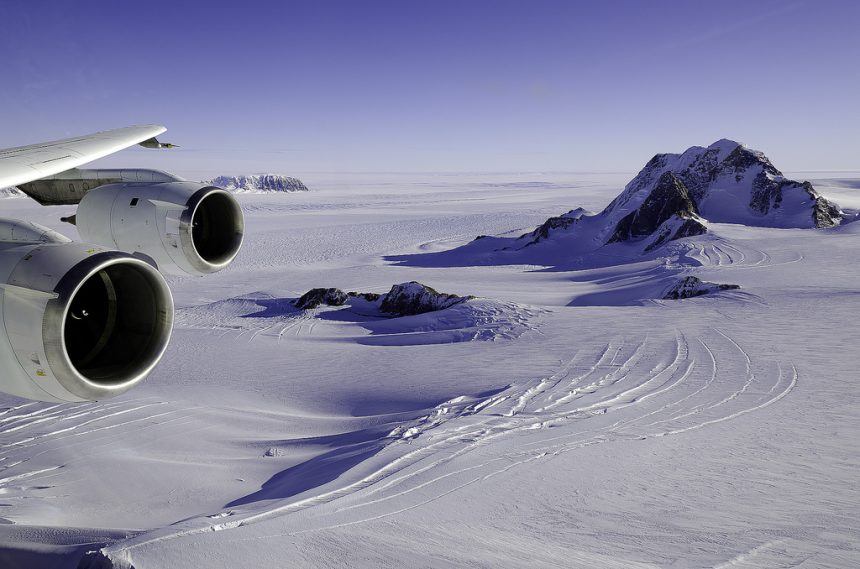Emergency Evacuation Amid Antarctic Darkness
In a daring 19.5‑hour operation, the Royal New Zealand Air Force (RNZAF) evacuated three staff members from the U.S. McMurdo Station, Antarctica, at the request of the U.S. National Science Foundation. One individual needed urgent medical care and two others required attention.
Navigating One of the World’s Most Dangerous Missions
The mission took place amidst total mid‑winter darkness, with temperatures plunging to –24 °C (–11 °F). Crews relied on night‑vision goggles, and local U.S. teams had to groom and prepare an ice runway capable of supporting a C‑130J Hercules landing. With no alternative airfields for diversion, every moment of the journey demanded precision and unwavering focus.
“Hot Refueling” and In‑Flight Medical Care
To avoid engine freeze-up on the ice, the RNZAF conducted hot refueling—keeping the aircraft’s engines running throughout the process. A medical team, including a doctor, was onboard to care for the evacuees during the flight. The plane safely landed in Christchurch, New Zealand, where the patients are now receiving treatment.
Praise for Exceptional Skill and Partnership
The U.S. Chargé d’Affaires in New Zealand, Melissa Sweeney, praised the RNZAF for carrying out “one of the most technically demanding operations an aircrew can face,” demonstrating extraordinary skill and bravery. New Zealand authorities echoed the sentiment, underscoring the strength of bilateral cooperation in Antarctica.
In the face of Antarctica’s brutal winter, this mission stands as a remarkable feat of planning, courage, and international cooperation—ensuring that even in the planet’s harshest environments, human lives remain a top priority.










